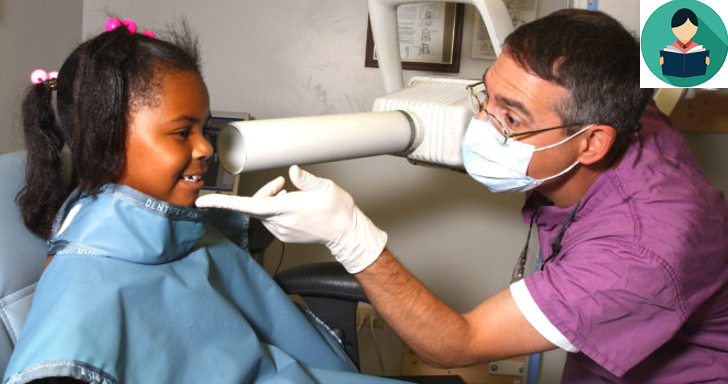Just as with any other parent, I was alarmed at the rate at which my daughter’s teeth were getting cavities and decay. It started after her third birthday and I blamed myself for not being around to supervise her as I used to leave early for work. I also had a talk with my househelp and she swore that she always supervises little Hailey every time she brushed her teeth.
As days went by, the decaying continued and it actually
happens so fast. You’d notice a tooth with some spots on the enamel and
soon after, the cavity affects the whole tooth.
As I was trying to figure this out, my friend said in
passing the other day that antibiotics are the reason tooth decays are really
affecting our children’s milk teeth.
I remembered when we did not rest for days because Hailey
suffered chest infections, chronic coughs, pneumonia, ear infection and
tonsillitis. One time the infections stretched over a long period and I felt we
gave her every kind of antibiotic on the shelf. Not only was it frustrating but
also Hailey ended up with vaginal and fungal infections, a side effect of the
antibiotics.
I was afraid that by the time they start showing, all her
permanent teeth will be affected.
I eventually called our dentist Dr. Hawa Kwamboka. She
confirmed that antibiotics such as amoxicillin indeed
caused tooth decay in children.
While antibiotics are good for treating bacterial and fungal
infections such as strep throat, pneumonia, certain sinus and ear infections, research
has found that they may affect tooth enamel. Amoxicillin is very
often prescribed for babies with ear infections.
Dentist’s advice
Dr. Kwamboka emphasized on the need for parents to ensure
that their babies have brushed after every meal, even at school if they are on
antibiotics for at least one week. She also urged parents to take their
children to the dentist once they notice cavities and discolouration.
“As long as there is a bad tooth in the mouth the problem
will continue spreading even to the permanent teeth unless the process is
halted by a dentist through either fillings or extractions,” she said adding
that if front teeth are sensitive, the pain will be unbearable and will affect
sleep, eating and talking.
Tetracycline is another antibiotic that can affect a child’s
teeth. It is dangerous if the mother takes the medicine while pregnant and it
is advised that children who are younger than 8 years should not take it at
all. Tetracycline stains the teeth if used in childhood. When mothers take it
during their pregnancy it can cause permanent discolouration to the teeth of
their children.
According to a study by a team of University of Iowa
researchers led by Dr. Liang Hong, amoxicillin use during early infancy seems
to be linked to dental fluorosis on both permanent first molars and maxillary
central incisors. The signs of fluorosis range from barely noticeable white
flecks to brown stains.
Dr. Hong and colleagues assessed the link between dental
fluorosis and amoxicillin use during childhood based on data from the Iowa FluorideStudy, a prospective study investigating fluoride exposures, biological and behavioral factors, and children’s dental health.
“Duration of amoxicillin use was related to the number of
early-erupting permanent teeth with fluorosis,” they wrote.
By age 1, three-quarters of the subjects had used
amoxicillin, and by 32 months, 91 percent of participants had used the
antibiotic.
“Overall, 24 percent had fluorosis on both maxillary central
incisors,” the authors wrote, adding that Amoxicillin use from three to six
months doubled the risk of dental fluorosis.
“The findings suggest that amoxicillin use in infancy could
carry some heretofore undocumented risk to the developing teeth,” the
researchers wrote. “While the results of this one study do not warrant
recommendations to cease use of amoxicillin early in life, they do further
highlight the need to use antibiotics judiciously, particularly during
infancy.”
Need for additional research
Additional laboratory and clinical studies with specified
amoxicillin dosages and well-designed epidemiological studies are needed to
confirm the results, added the study’s authors.
Editorialist Paul Casamassimo, DDS, MS, agrees that there is
a need for more research as well. Casamassimo works at Ohio State University’s
College of Dentistry and Columbus Children’s Hospital. He didn’t work on Hong’s
study.
“As a clinician, I would welcome an explanation that would
help parents’ guilt, exonerate both medical and dental providers, and, most
importantly, help me to prevent a needless occurrence of fluorosis in my
patients,” writes Casamassimo.
“Until that time, the best course of action may be what both
the medical and dental communities have advocated for a long time — careful,
thoughtful, and appropriate use of both fluoride and antibiotics,”
he continues.
